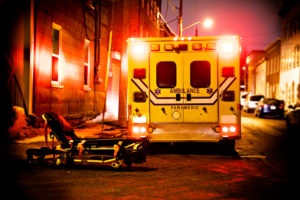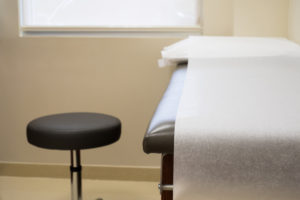Sadly, another promising therapy for brain trauma has been debunked by scientists. Paramedics have been administering highly concentrated saline solution given intravenously to victims of traumatic brain injury.
For years, the solution, known as hypertonic fluid, has been thought to improve blood flow in the brain while relieving intracranial pressure, both of which have been believed to be helpful in patients with traumatic brain injury. But a study published this week suggests the treatment is ineffective, the latest in years of setbacks in treating blunt traumatic brain injuries, such as those in falls, sports injuries, car accidents and blast injuries on the battlefield.
Many drugs, such as anti-oxidants and intravenous magnesium, have been tried and failed over the years. The latest findings leave the human hormone progesterone, now being tested in a nationwide study, as perhaps the leading therapy being evaluated as a possible "neuroprotectant," a chemical that can preserve brain function.
The results of the study debunking saline therapy came as the U.S. Department of Defense decided to fund another approach for treating head trauma in wartime. The agency awarded $26.3 million to Banyan Biomarkers Inc. of Alachua, Fla., to develop a diagnostic blood test for the presence and severity of brain injury. The company has been studying "biomarkers."
A local Richmond, Virginia physician with whom I have worked on several occasions, Gregory J. O’Shanick, told the Wall Street Journal that biomarkers (or proteins in the blood produced by an injured brain) might be used to better focus any future studies of brain injury treatments. Dr. O’Shanick’s practice focuses on treating patients who have suffered brain damage. He is the national director of the Brain Injury Association of America, and has worked extensively with teh Department of Defense on diagnosing and treating battlefield brain injuries. Dr. O’Shanick also holds out hope that biomarkers might help paramedics and doctors evaluate so-called moderately injured brain-injury patients who are conscious when the ambulance arrives, perhaps dazed and confused, but with no visible head injury.
Let’s hope that Banyan rushes its paramedic diagnostic kit for FDA approval and that the FDA expedites the approval process. The three year target date cited by Banyan will be three years too late for military personnel currently fighting the war on terrorism.













Comments for this article are closed.